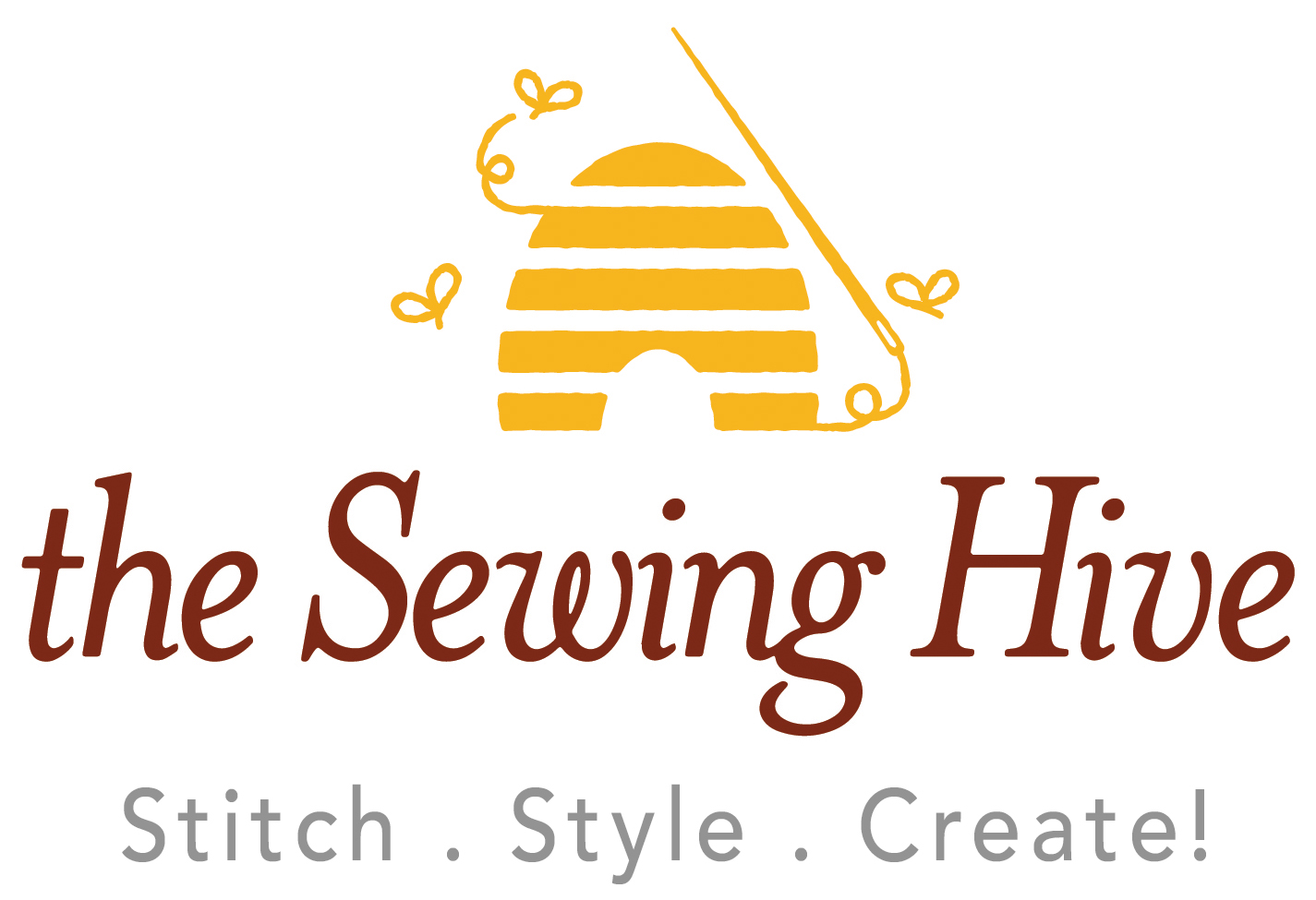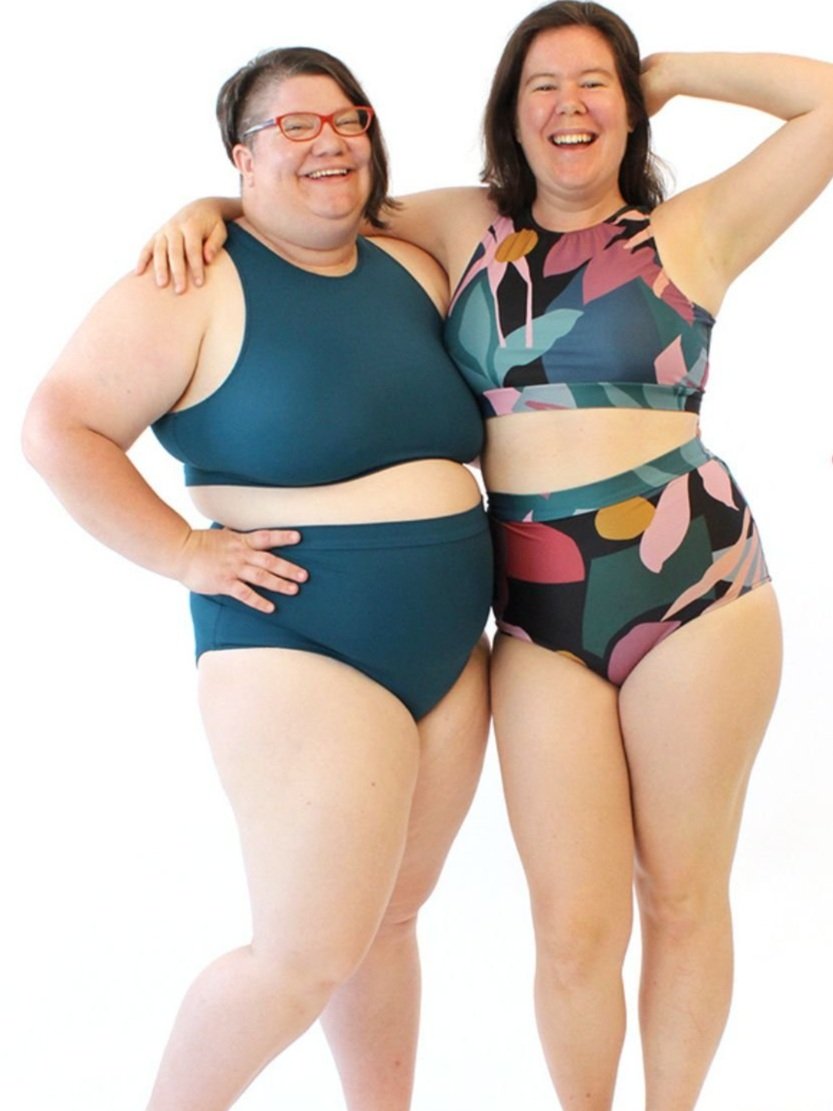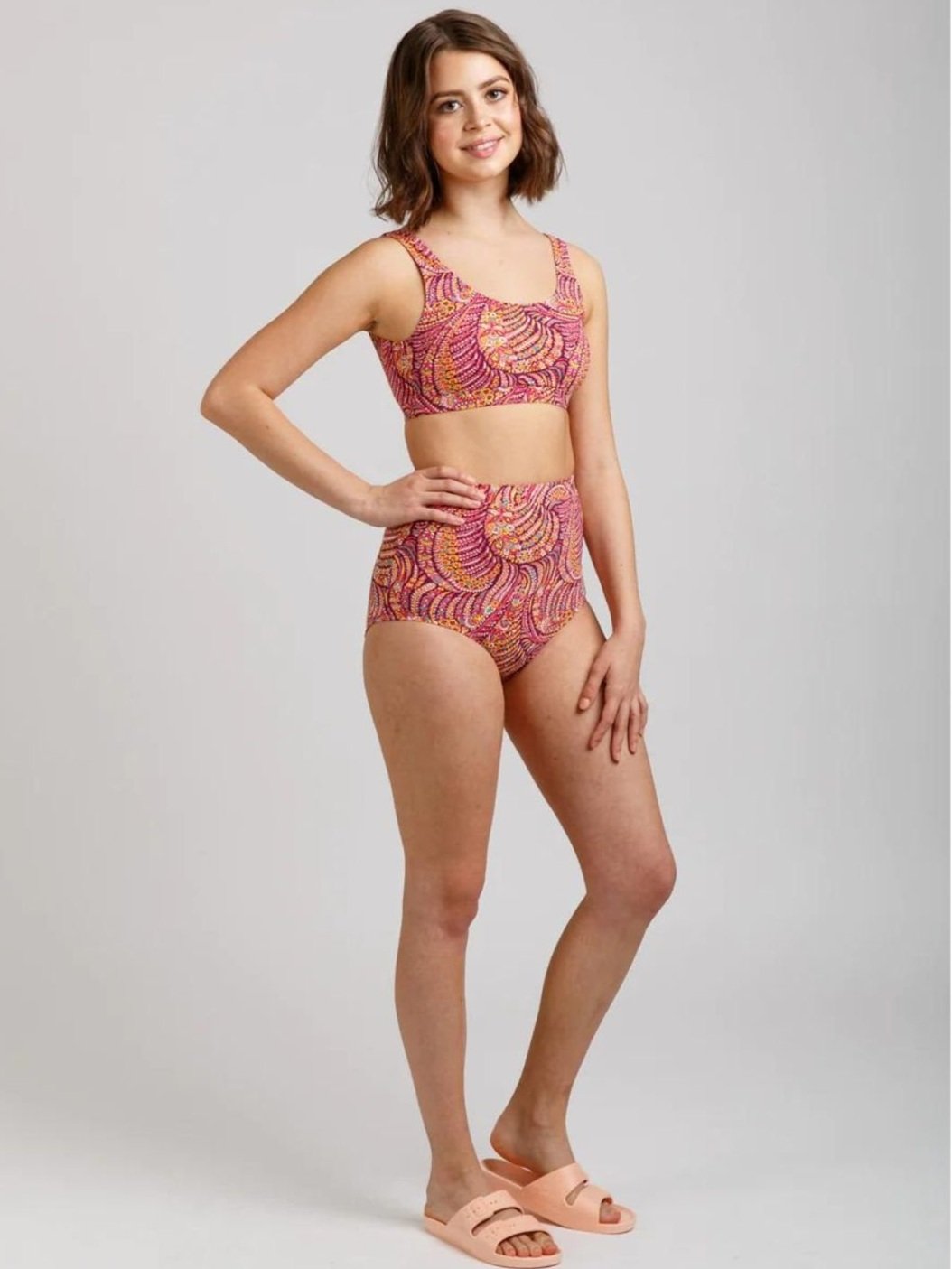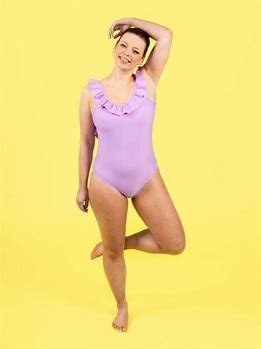Last week I heard from a customer that they were having trouble deciding which of three classes she should register for. Knowing that if one person is having problems, so are others, I decided time to tackle the questions.
Bust Adjustments Vs Pattern Fitting Vs Master Pattern Workshop????
Bust Adjustment: Since most patterns are scaled on a B cup, and unless you are a B Cup, or have a pattern that specifically states it has cup size variations, you may need to adjust the pattern to your cup size. Add to that the cup size in RTW is different than in patterns and maybe that’s why your garments are not fitting well. Also, how the dart is placed on your body will affect the fit: too high, too low….. If the rest of the pattern sizing just involves altering between sizes that you are confident doing, then this is a good class for you. We’ll show you how to do this adjustment, so that you can do it confidently with any pattern you select in the future.
Pattern Fitting: This is a good session if you have one pattern that you would like tissue fitted before making a test garment. We discuss designer ease from the finished garment measurements on the pattern, and alter the pattern as needed. This may include a bust adjustment, but we are doing more than explaining. We’ll work on all aspects of fitting: lengthen or shortening, sleeve and cuff length, altering between sizes and adjusting to personal preferences. If you bring fabrics you are considering we can advise on how each one will work with the pattern. We can cover a lot in 2 hours. When you leave you will be ready to sew a wearable test: Paula’s term for a muslin that you wear to really live with a garment and tease out the details of what you like and dislike before cutting into your beloved stash fabric.
Master Pattern Workshop: This is a good workshop for those that are interested in being able to take details from RTW and incorporate them into a basic pattern. This is a fast paced workshop. We alter, cut out and machine baste a muslin from a fitting pattern. Then we drape in the details for a custom fitting bodice front and back, and skirt with only wearable ease.( meaning you can move in it.) Once all are happy, then the muslin is marked, disassembled, and then drawn on to heavy paper. We encourage you to bring in a pattern you are interested in making and we can show you how to lay your block on the pattern to compare your fit to the pattern fit. If you need help in the future adding details from RTW onto your basic pattern, then you can just come to us on an hourly basis. We do have a class for those that have taken any block, toile, master pattern class in which you create a classic shift dress with facing from your block. Kind of gets your hands dirty…..
Any other questions….ask, ask, ask……..then sew, sew, sew…..studio@sewinghive.com
Best,
Gail





















